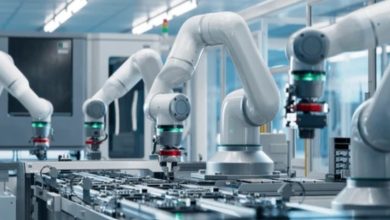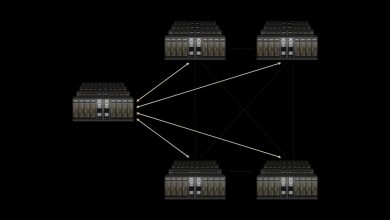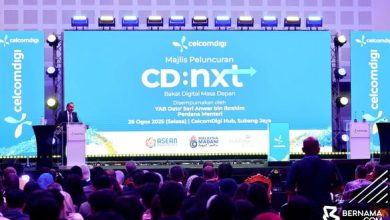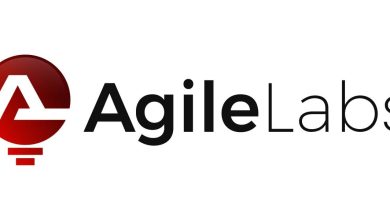AI & Energy Trends that Impact Data Centres in 2025
Schneider Electric outlines key AI and energy trends shaping Malaysia’s data centre landscape in 2025, highlighting sustainability, regulatory shifts and infrastructure innovation
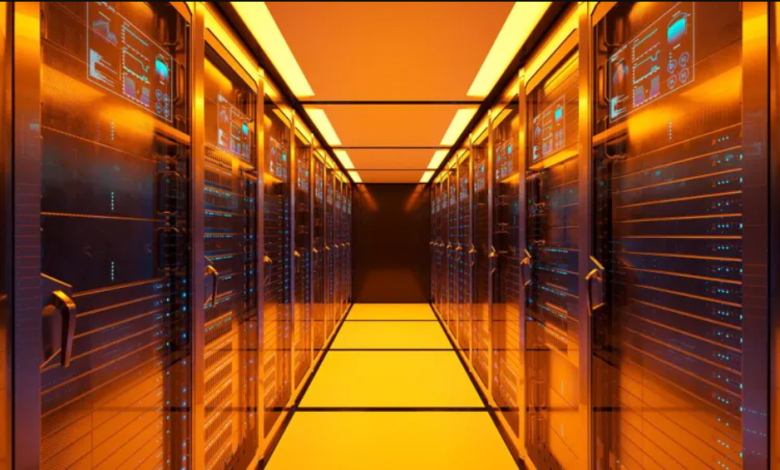
By Adrian Koh, Business Vice President for Malaysia, Secure Power, Schneider Electric

2024 was marked by transformative trends, innovative advancements, and a few surprises along the way.
Malaysia has solidified itself as a leading data center hub, setting the stage for greater progress in 2025. For the second consecutive year, Malaysia ranked first among Southeast Asian nations in Knight Frank’s SEA report with an impressive annual data center take-up of 429 megawatts, thanks to strategic investments from major tech giants like Microsoft, Amazon Web Services, and Google.
Alongside this growth, the use of Artificial Intelligence (AI) has rapidly expanded throughout 2024, transforming computing needs, fuelling growth and innovation. Recognising the urgency of staying competitive in the AI race, it’s encouraging to see Malaysia taking proactive step by establishing the National AI Office (NAIO) last year, serving as a centralised authority to provide direction in this wave of innovation and address uncertainties surrounding AI’s rapid development.
At the core of this AI development are data centers, accelerated computing infrastructure, and the power and cooling solutions required to support surging AI workloads. However, this raises a critical question: how sustainable are these resource-intensive investments? Natural Resources and Environmental Sustainability Minister Nik Nazmi Nik Ahmad very recently emphasised that while Malaysia attracts tech companies, the government remains cautious and become more selective in approving projects due to the strain on energy and water resources. To address these challenges, demand-management strategies are in the sights of government, working towards net-zero carbon goals.
Looking ahead, with the continued surge in AI demands and digital infrastructure trends shaping 2024, 2025 is set to be another transformative year filled with innovation, growth, and sustainable advancements in several areas. For instance, the concept of agentic AI has garnered significant attention in recent discussions for its ability to autonomously performing complex tasks. The trends outlined below closely align with those shared by my colleague – Steven Carlini, Chief Advocate, Data Centers and AI Vice President for Schneider Electric’s Secure Power division.
The Art of Grid Balancing
IDC projects that by 2027, data centers will consume 2.5% of global electricity, with the remaining 97.5% allocated across sectors like buildings, manufacturing, transportation, and energy. This growing demand for power is already being felt in regions such as Johor, where the city council mayor points out that, despite the expansion of data centers, water and power supply continue to pose significant challenges. The increasing energy consumption from data centers adds pressure to local infrastructure, underscoring the need for sustainable solutions in both energy and water management. Looking ahead, collaboration between utilities and data centers will expand, leveraging AI to optimise power profiles and manage off-grid operations using backup sources.
This collaboration is also expected to gain momentum, driven by the need to stabilise renewable energy sources such as wind and solar, and the integration of Battery Energy Storage Systems (BESS) into data centers. Data center operators in Malaysia stand to gain from the upcoming Large Scale Solar (LSS5) programme, with the government offering third-party concession agreements for the installation of BESS, creating opportunities for more reliable and sustainable energy solutions.
Charting New Energy Frontiers
In response to data centre’s growing energy demand, Deputy Prime Minister Datuk Seri Fadillah Yusof recently said that Malaysia will be reviewing its nuclear energy initiatives based on informed research and international standards to enable them to be more energy self-sufficient. This comes as major tech companies like Google and Amazon secure stable energy sources, with some already acquiring nuclear power plants as of late last year. While natural gas turbines may be a near-term addition to these sites, the future could see the adoption of small modular reactors (SMRs). Once approved, SMRs offer a cost-effective and flexible alternative for energy generation, particularly in areas with specific power needs.
AI Unleashed – It’s Impact Beyond 2025
As AI companies ramp up investments, data center operators and colocation providers are shifting their focus toward accelerated computing capacity tailored specifically to AI requirements. This trend underscores the growing adoption of AI across businesses, governments, and industries, driving the need for expanded data center infrastructure. In Malaysia, AI is also making inroads into traditional sectors with a palm oil mill in Kuala Kangsar recently upgraded into a smart facility, leveraging AI-powered sensors, advanced technology, and predictive tools to enhance palm oil processing efficiency.
AI is set to revolutionise the data center industry, driving both immediate changes and long-term advancements. Realising this potential requires a collective commitment to sustainable practices and harnessing AI’s potential for efficiency. This is especially timely, as Malaysian companies must also prepare for stricter compliance with the Energy Efficiency and Conservation Act 2024 (EECA), which aims to regulate energy consumption and promote energy conservation across various sectors.
Bending the Curve of Energy Consumption
In response to the evolution of AI, Schneider Electric has introduced a science-based approach to “bend the curve” of energy consumption. At the heart of our efforts is the concept of “energy intelligence for sustainable AI,” which integrates AI-driven applications into data center infrastructure to support sustainability goals.
We also accelerated our AI-ready data center solutions through several new announcements, including our partnership with NVIDIA to develop a data center reference design optimised for liquid-cooled AI clusters. To tackle the rising temperatures associated with high-density workloads, we entered into an agreement to acquire a majority stake in Motivair Corporation. This move expands our liquid cooling portfolio and bolsters our capabilities in direct-to-chip liquid cooling and high-capacity thermal management solutions.
While we drive AI innovation, we are to remain committed to enabling AI anywhere with a true end-to-end infrastructure solution. A key milestone is the Galaxy VXL UPS, Schneider Electric’s latest breakthrough in UPS technology. Building on 50 years of Galaxy innovation, the Galaxy VXL is the industry’s first compact, high-density UPS designed for AI data centers. This 1.25-megawatt modular UPS delivers more power while achieving 70% space savings. Its scalable design supports evolving AI workloads, offering AI load tolerance, peak power capabilities, and peak shaving operations.
The energy and environmental footprint of AI is expanding at an unprecedented rate, making it essential to reduce this trajectory by innovating new approaches to decarbonise data centers and digital infrastructure. Achieving this vision demands a comprehensive strategy that spans from the grid to the chip, the chiller, and beyond.

